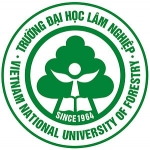Marine resources
Traditionally, those living in the buffer zone were fishing communities. Now agriculture is the main source of income for about 90 per cent of the population, with about 50 per cent involved in fisheries.
Many species of fish with high economic value are found in the area, including Barramundi (Lates calcarifer), Crab-eater (Bostrichthys sinensis), Mullet (Mugil nepalensisreus), Daggertooth Pike Conger (Muraenesox cinereus), Rice-paddy Eel (Pisodonophis boro) and Bream (Taius tumifrons).
Over-exploitation of fisheries resources, wild harvesting and harvesting juveniles for aquaculture is impacting on the parks biodiversity.
Destructive fishing methods such as dynamite and electric fishing have also damaged biodiversity. They are now banned.
The viability of fisheries is dependent on the maintenance of the ecological integrity of mangrove forests, intertidal areas and other associated ecosystems.
The current rate of increase of wild fish harvesting and shellfish collection is not sustainable.
More sustainable harvesting and fisheries management is needed and alternative livelihoods such as eco-tourism could help take the pressure off the natural resources.
Aquaculture
There has been a rapid increase in aquaculture in recent years. There are now 1,800ha of aquaculture ponds in the buffer zone and 610ha in the core zone of Xuan Thuy National Park.
Many hectares of mangroves have been cut down to make room for the aquaculture ponds.
Seventy per cent of the women depend on aquaculture (shrimp and clam farming) and capture fisheries (collecting shellfish, shrimps and other species) as their main livelihood.
Aquaculture pond waste pollutes the park and has negative impact on health, particularly for women who must work in the water for up to 8-10 hours a day.
Unfortunately aquaculture has also mixed success. In 2006 many farms failed and aquaculture owners suffered great loss.
This was due to a number of factors including disease, incorrect techniques and external influences like agricultural run-off and poor weather.
To fully understand the failure and how to make the aquaculture more sustainable further research is required.
Dykes for protection
Xuan Thuy National Park lies in the tropical monsoon
On average five to six typhoons hit Vietnam’s coastline every year. As a low-lying, flat coastal area Xuan Thuy National Park is vulnerable to storm damage.
A large sea dyke runs along the border of the communes and it is an important man-made feature of the park. It protects the community from large waves, strong winds and flooding during storms.
The inside area is residential and used for agricultural farming. The area outside is used for fishing and marine resource collection.
Sea dykes have been constructed and managed in the Red River Delta since the 11th century and the dyke system you see today hasn’t changed a lot since the end of the 1700s.
Dykes were also built for land reclamation. While they protect the community they have also changed the land structure and ecological processes, cutting off natural processes such as the constant build-up and erosion of sand dunes.




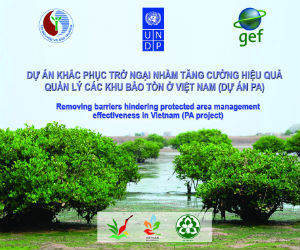

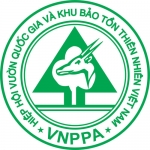
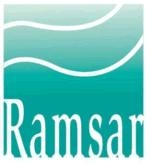
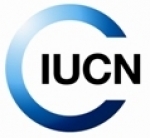
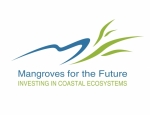
.jpg)
